Contemporary Architecture in 2025: Expert Reviews, Trends & Essential Comparisons
April 22, 2025

What Is Contemporary Architecture?
Contemporary architecture refers to the evolving style of the 21st century that embraces innovation, sustainability, and minimalist beauty. Unlike historical architectural movements, contemporary design is defined by its now-ness—adapting to new technologies, lifestyles, and environmental needs.
You’ll often see:
- Clean lines and geometric shapes
- Open floor plans
- Natural materials like concrete, glass, and wood
- Integration with nature (think floor-to-ceiling windows)
- Energy-efficient technologies
This architectural style is now more than a trend—it's a design philosophy that prioritizes functionality, sustainability, and individuality.
🧠 Why Homeowners Love Contemporary Architecture in 2025
In today’s design world, homeowners aren’t just looking for beauty—they want efficiency and flexibility. Here’s why contemporary architecture checks all the boxes:
- Eco-conscious construction using solar panels, insulation, and recycled materials
- Smart layouts for work-from-home lifestyles
- Resale value: Homes with modern designs fetch higher prices
- Customization: Tailored spaces from modular furniture to adaptive rooms
📊 Contemporary vs. Modern vs. Minimalist: A Quick Comparison
| Style | Main Features | Best For |
|---|---|---|
| Contemporary | Evolving trends, eco-tech, minimalism, smart design | Modern families, eco-conscious homeowners |
| Modern | Mid-century lines, symmetry, flat roofs | Retro lovers, suburban homes |
| Minimalist | Less is more, simplicity, muted palettes | Studio apartments, calm lifestyles |
🏡 Contemporary
Main Features: Evolving trends, eco-tech, minimalism, smart design
Best For: Modern families, eco-conscious homeowners
Contemporary homes combine sustainability and smart design. They’re adaptable, tech-ready, and ever-evolving—perfect for those who love current trends with long-term value.


🕰️ Modern
Main Features: Mid-century lines, symmetry, flat roofs
Best For: Retro lovers, suburban homes
Modern architecture embraces mid-20th century aesthetics. Its clean symmetry, iconic furniture, and use of glass and concrete offer timeless structure with nostalgic charm.
🧘 Minimalist
Main Features: Less is more, simplicity, muted palettes
Best For: Studio apartments, calm lifestyles
Minimalism focuses on space, light, and stillness. It’s ideal for those who want peace, clarity, and intentional living—with no distractions and only what matters most.

Choose contemporary if you love innovation and eco-integration. Prefer nostalgic structure and timelessness? Modern might be for you. Seeking peace, calm, and clarity? Go minimalist. The best architecture supports not just how you live—but how you want to feel.
🎯 Find Your Perfect Design Style
Not sure if you’re more Modern, Minimalist, or Contemporary?
Take our 1-minute quiz to reveal your true aesthetic.
Get personalized style tips based on your results — no sign-up required.
🏠 Expert Tip: How to Spot Good Contemporary Architecture
According to experts, a truly well-designed contemporary home includes:
✅ Smart space usage
✅ Natural ventilation and light
✅ Neutral color schemes with bold focal points
✅ Sustainable construction materials
✅ Flexible spaces that adapt to changing needs
🌍 Contemporary Architecture Global Impact & Cultural Evolution
Contemporary design draws from various cultures, including:
| Culture | Key Influence | Visual Examples |
|---|---|---|
| Greek | Symmetry, columns, and balance in structure |
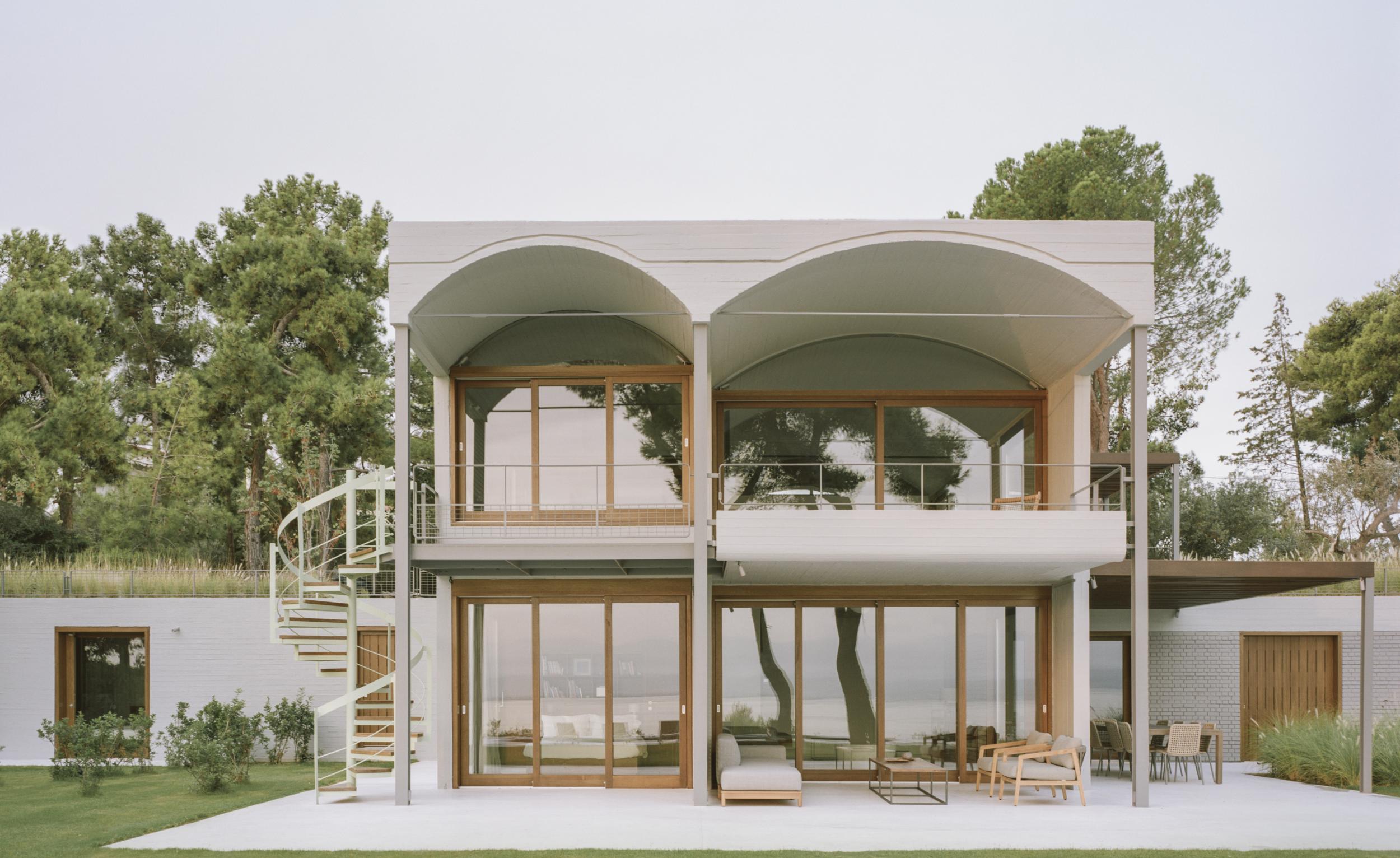 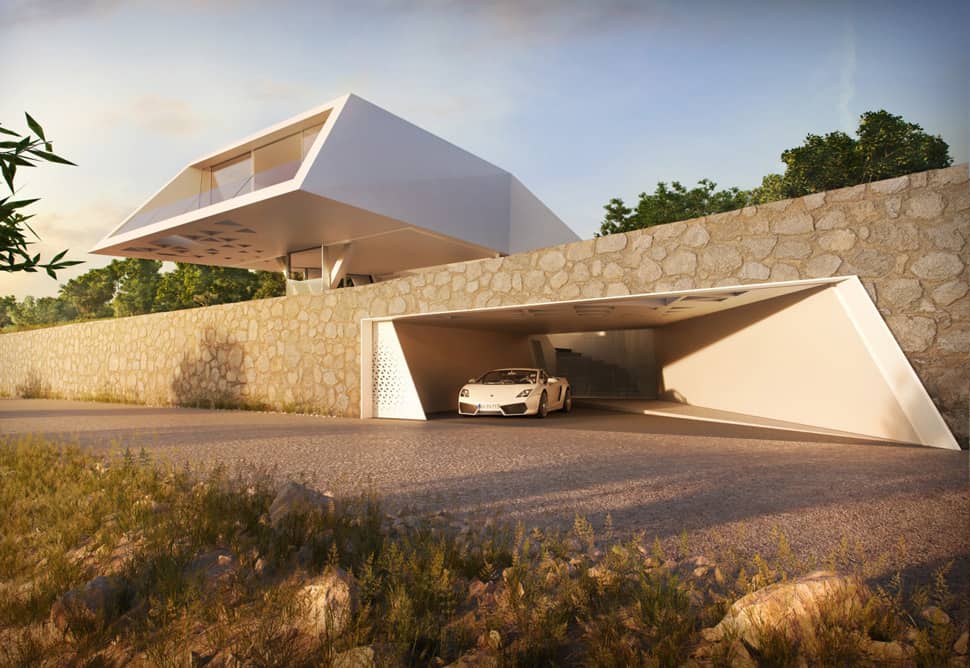 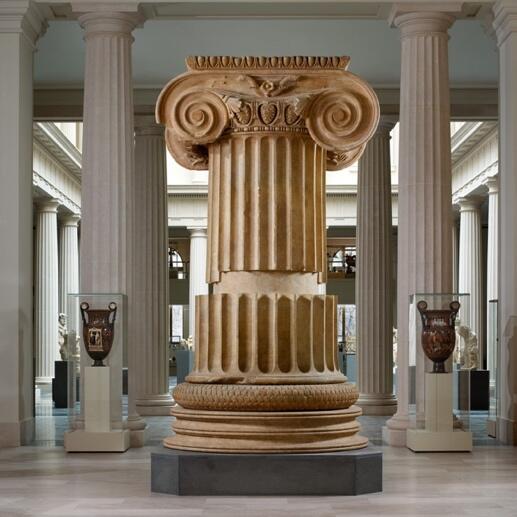 |
| Japanese | Minimalism, simplicity, and zen-inspired flow |
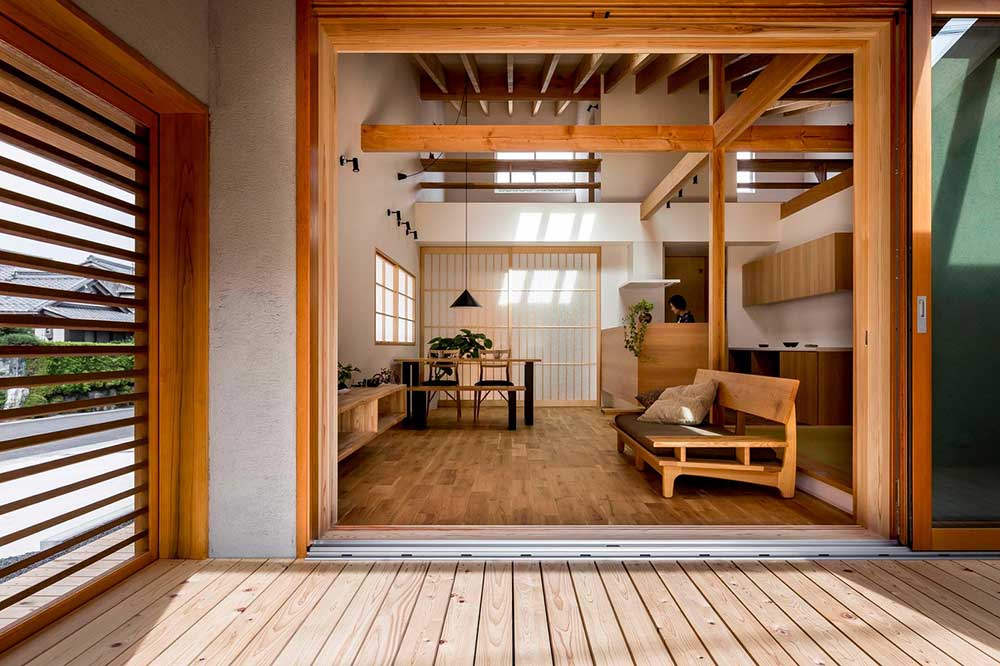  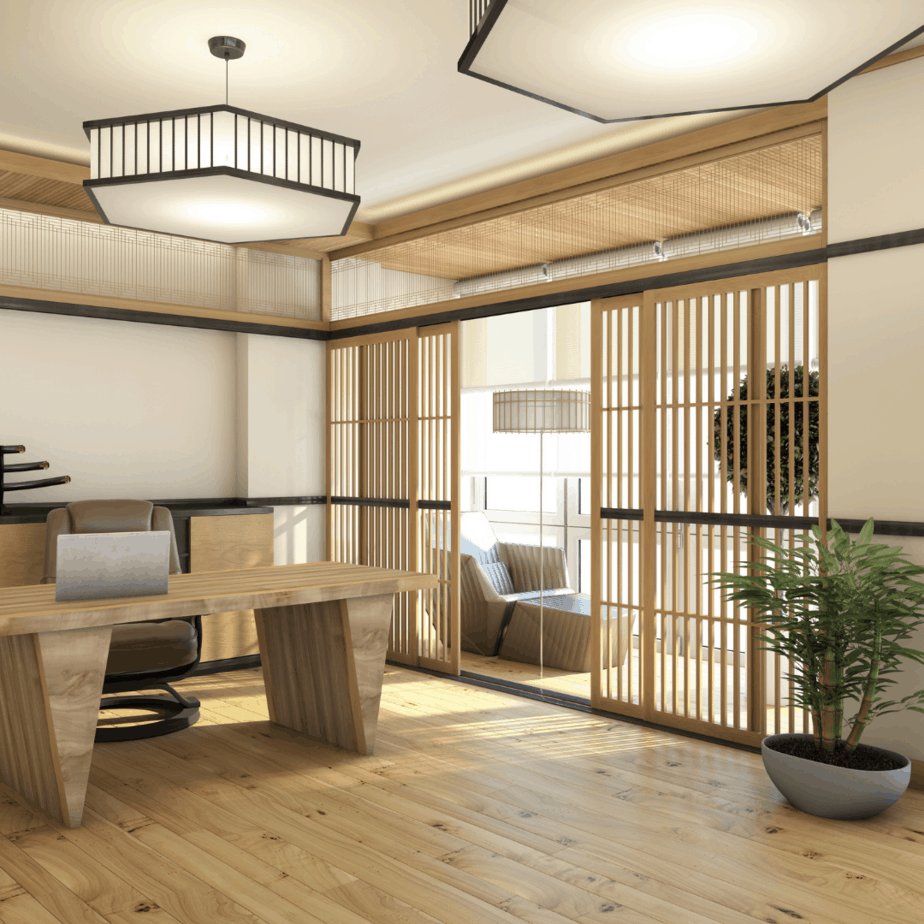 |
| Scandinavian | Warmth, light tones, natural textures (hygge) |
  :max_bytes(150000):strip_icc()/modern-scandinavian-style-villa-169993401-be4a85c3302b432b818cecab2d44fa9f.jpg) |
This fusion reflects today’s interconnected world—where architecture is both global and personal.
🏛 Greek Influence in Contemporary Architecture: A Legacy of Symmetry and Structure
Contemporary architecture often borrows from the classical elegance of ancient Greek design. Symmetry, columns, and harmonious proportions—hallmarks of Greek architecture—have been reimagined in modern civic buildings, museums, and luxury homes.
Whether it’s a minimalist colonnade or the subtle use of arches, these elements communicate timelessness. Greek influence helps contemporary spaces feel both monumental and serene—perfect for creating spaces that evoke calm and balance.

Visual Examples May Include:
- Clean-lined facades with symmetrical rhythm
- Interior columns as structural and aesthetic features
- Modern takes on the pediment using steel or concrete
🏯 Japanese Influence in Contemporary Architecture: The Zen of Simplicity
Japan’s architectural traditions have become a cornerstone of contemporary architecture, especially in urban residential design. With their focus on simplicity, negative space, and connection to nature, Japanese principles offer a calming contrast to over-stimulating environments.
Sliding doors, tatami-inspired layouts, wooden textures, and low-profile furniture all lend themselves to the modern minimalist ethos. It’s no surprise that these elements are popular in today’s wellness-focused architecture.

Core Features That Blend Well with Contemporary Architecture:
- Open-plan interiors with minimal ornamentation
- Natural materials like cedar, bamboo, and shoji screens
- Seamless indoor-outdoor transitions (e.g., courtyards, engawas)
🏡 Scandinavian Contemporary Architecture: Light, Warmth, and Hygge
Scandinavia’s influence on contemporary architecture is vast—shaping everything from micro-living to biophilic interiors. Known for cozy minimalism, light tones, and use of natural materials, Scandinavian design creates spaces that feel grounded and livable.
What makes it especially compelling for today’s homeowners is its blend of warmth and functionality. In colder climates or compact urban spaces, the Scandinavian model becomes a blueprint for calm, airy living.

How It Shows Up in Contemporary Architecture:
- Whitewashed walls and light oak finishes
- Soft lighting, earthy fabrics, and wool textures
- Open-concept living areas with panoramic glazing
💬 What People Say
🙋 FAQ About Contemporary Architecture
What is contemporary architecture?
It’s a design style rooted in the present—often minimalist, sustainable, and flexible.
How is it different from modern architecture?
Modern design is a defined historical style (early 1900s), while contemporary evolves with current trends.
Is it expensive?
Not necessarily. Modular and eco-builds can be cost-effective long-term due to energy savings.
Can I remodel my home to be more contemporary?
Absolutely. Start with light, layout, and simplifying the color palette.
✨Contemporary Architecture Interiors: Curated Design Gallery
🏡 Contemporary Homes: Living Inside Architectural Innovation
Contemporary homes are the most direct reflection of contemporary architecture in everyday life. These homes are defined by clean geometry, open layouts, and sustainable features—designed not just to look beautiful, but to respond to how we live today.
From passive solar designs to fluid indoor-outdoor spaces, contemporary homes prioritize natural light, energy efficiency, and adaptable living. Whether it's a single-story layout or a hillside retreat, the architecture shapes how people experience modern living.


🎨 Contemporary Design: Interiors Rooted in Architecture
Contemporary design is the interior manifestation of contemporary architecture. What starts with form, structure, and materiality outside—continues inside through flow, proportion, and minimalism.
Interiors in contemporary architecture favor open sightlines, functional zoning, and natural materials. Rather than being separate from the architecture, the design is often built in from day one—down to the lighting layout and window framing.
✨ Contemporary Style: The Aesthetic Language of Modern Architecture
Contemporary style is the visual and emotional expression of contemporary architecture. It’s the way buildings feel—from their curves and textures to their palettes and proportions.
As buildings become more human-centered, contemporary style uses neutral tones, sculptural forms, and natural elements to create harmony. It's less about trend and more about timelessness—an extension of the building’s architectural identity.

🧭 Final Thoughts: Is Contemporary Architecture Right for You?
Whether you’re building new or remodeling an old structure, contemporary design offers a fresh way to live—visually stunning and functionally modern. It's not just a look; it’s a smarter way to experience your space.
Ready to start your contemporary journey?
Discover inspiration, hire an expert, and make your design future-proof.











